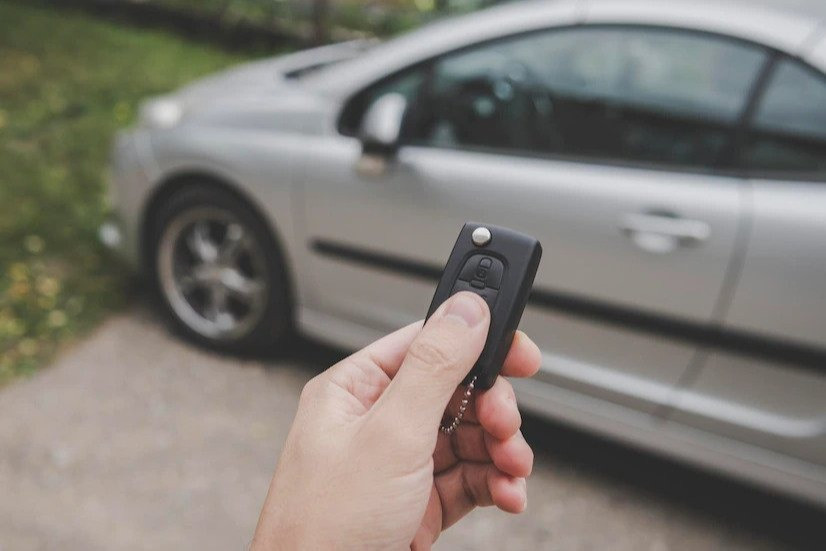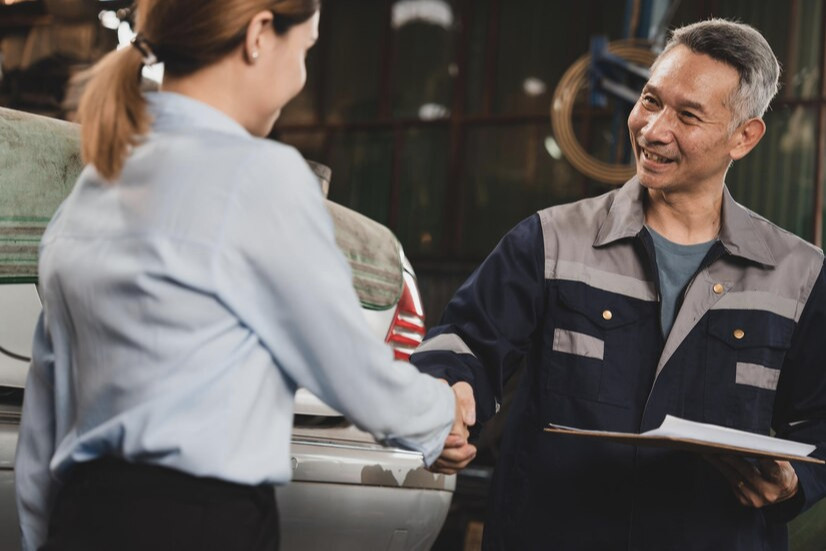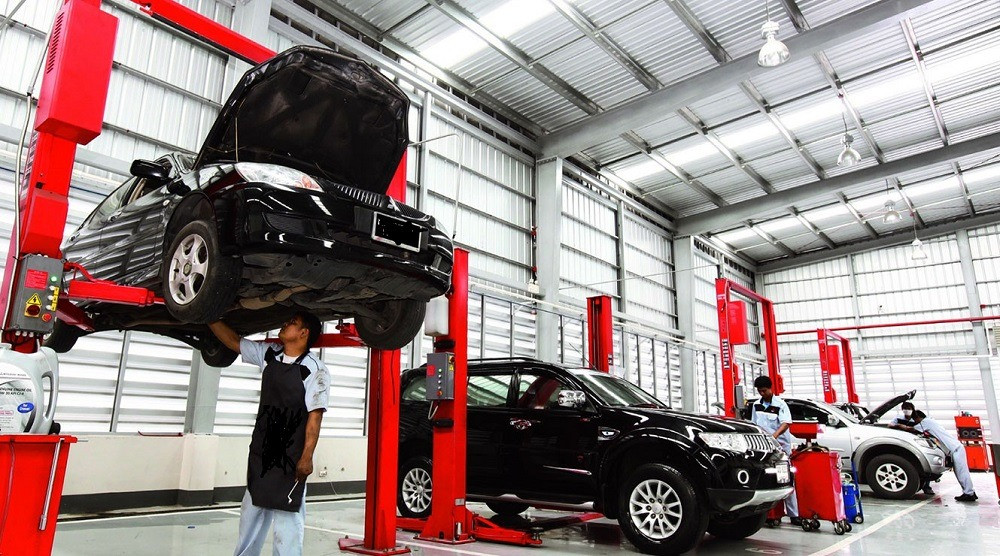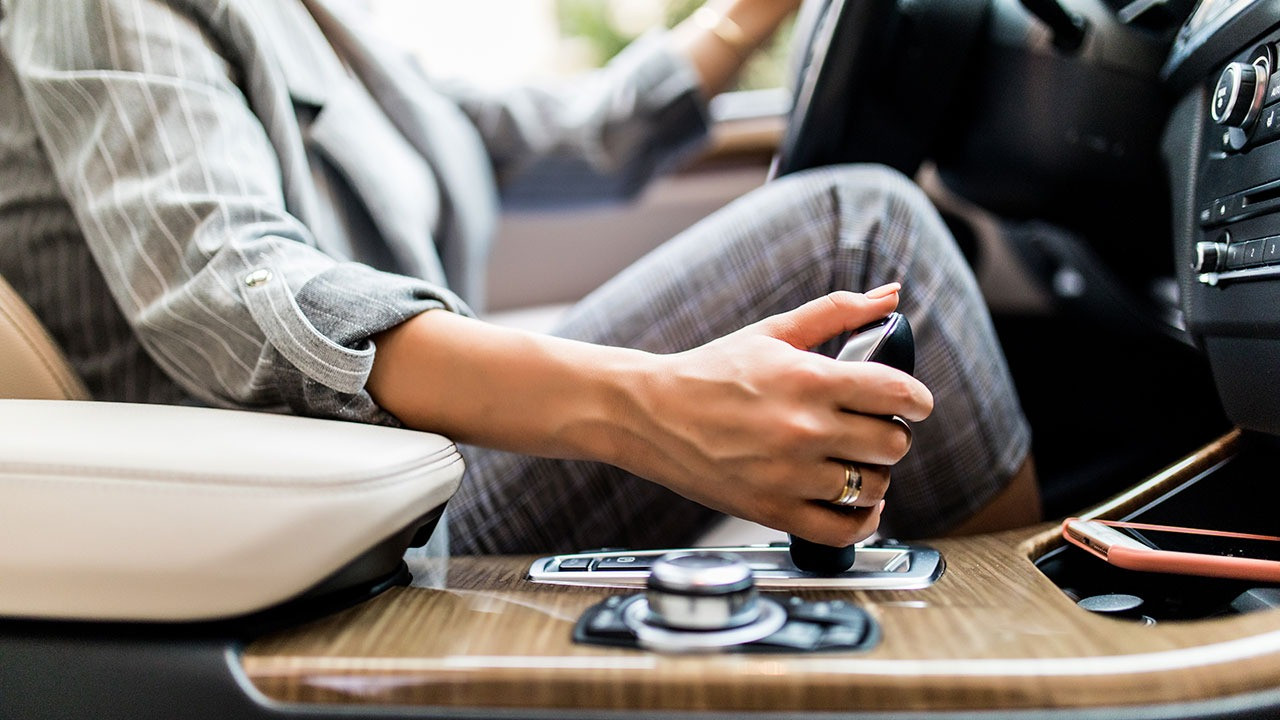What to Do if Your Car is Scratched in a Car Wash
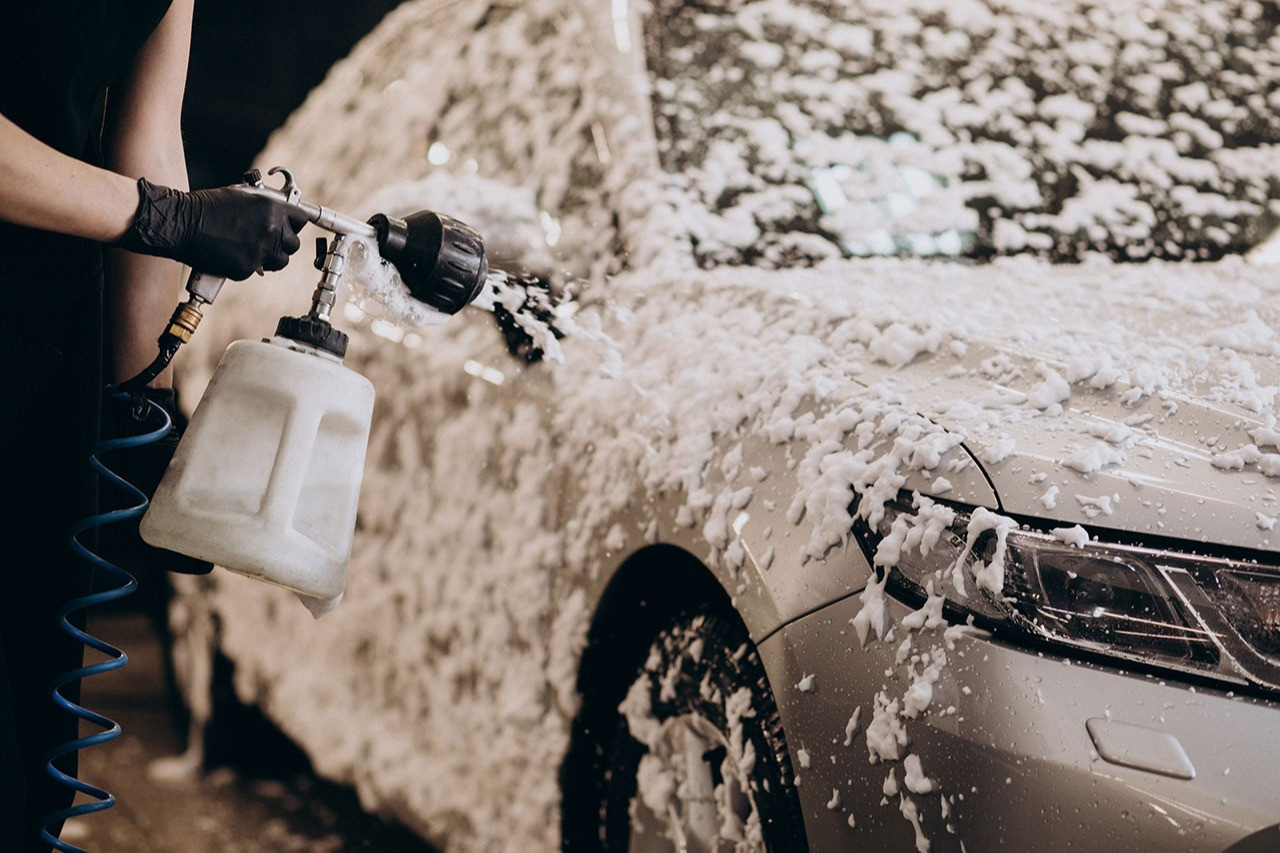
The car wash may be the last place you expect your car to get scratched, but it happens. Since you use a car wash at your own risk, they are not responsible for any damage that may be caused to your car, and your car insurance will not cover it either.
If your car gets scratched at a car wash, you can take it to a specialist for detailing, paint correction, or additional severe scratch repair services. Alternatively, try removing scratches or dents by hand.
Сar polishing
The problem of scratches can be easily solved by experienced specialists who, using the method of professional polishing, will eliminate the defects that have appeared on the paintwork of the car and will return the former attractiveness of the appearance.
Local polishing
If the damage is minor, restoration polishing is done. A thin top layer of the car coating is removed, and scratches have formed, after which a special varnish is applied to the damaged area.
Polishing
The spot polishing method is used if you need to get rid of a specific scratch that was obtained due to contact with an object. You can get rid of scratches that damage the top coat of varnish, but the paint remains intact. In such cases, the damaged area is polished, after which protective agents are applied.
Special means of different levels of abrasiveness are selected, depending on the severity of the damage. Specialists use coarse abrasives very carefully, as paintwork can be damaged. The choice of means affects the cost of services.
The main goal is to smooth out the sharp corners of the chips.
Auto body painting

Sometimes during the repair of chips and scratches, only polishing will be enough, but most often, the scratches turn out deep into the metal. Such maintenance can take a lot of time because it may be necessary to prime and putty the part, polish the scratch, and then paint it. However, if the abrasion or scratch is deep, the paint is still not affected; in this case, it is possible to remove the scratch by locally varnishing the damaged area on the body without painting the scratch.
Thanks to this technology for removing scratches and chips, it is possible to carry out repairs that ultimately leave no trace of tampering or damage.
DIY to remove car wash scratches
Restoring the original type of body painting is possible only in cases where the geometry is not broken and the base layer of paint is not affected, that is, in cases where only the varnish layer is affected.
It is enough to have a minimum set of tools and basic car repair skills to eliminate local defects in the paintwork with your own hands in a garage.
You can get rid of such scratches with the help of abrasive polishing and protecting pastes based on polymers. The presence of automotive cosmetics must be at hand for every car owner.
There are several ways to return the car to a bright, shimmering the sun and fresh-
smelling look:
1. Local elimination of defects using special correctors
The main advantages are low cost, the ability to use it in any place convenient for you, it is not affected by the environment, it is colorless and guaranteed to work. The composition of the pencils includes microparticles, which are evenly distributed over the entire area of damaged area and prevent corrosion. After the repair, removing the excess with a regular napkin is enough. Finish with a protective polish. They are gel and wax.
The wax pencil is very easy to use and inexpensive, it easily paints over chips, and excess wax is removed with a napkin. The effect of such a pencil is not durable, so you must use it constantly. The gel corrector is a felt-tip pen with acrylic paint. It fills the eliminated defect with a chemical composition, hardens, and becomes invisible.
2. Body polishing.
There are three kinds of polishes:
- hard;
- creamy;
- liquid;
When using a hard polish, much more time will be spent. There is also a lot of trouble with liquid polishes since it is necessary to use a composition with many silicones. Otherwise, there will be problems with leveling the surface of the body.
It's believed that the most convenient way is to use creamy pastes based on high polymer waxes and polishes.
The purpose of polishing is also divided into two classes:
- abrasive;
- protective.
Abrasive polish is selected according to the size and content of abrasive microparticles in it.
Such a polish perfectly restores damaged areas of the car body, restoring the effect of novelty to it, and smoothes the top layer of varnish, thus restoring shine and original appearance.
Protective polishing involves the use of different types of mastics, as well as wax. It will create an invisible protective coating that restores shine and newness to the car.
Protecting your car from scratches in the first place

Cloudy varnish, chips, and scratches do not affect movement speed. But due to damage to the paintwork, moisture and dust can penetrate under its layer, and then another threat will appear - corrosion. Not to mention that chips and scratches do not add to the car's attractiveness.
Various methods can be used to avoid these troubles. Regular body polishing was the only option recently, but it gradually erased the paintwork. Now there are other methods.
Protection with a transparent film
Film benefits:
- reliable protection against chips and scratches;
- the possibility of saving due to gluing on certain parts of the body;
- long service life;
- the ability of the film to independently tighten defects when heated;
- with slight turbidity, it is easily polished.
There are also disadvantages to this type of coverage:
High cost, especially for polyurethane films.
The need for professional application - if the technology is not followed, the film can peel off, especially on parts of complex shapes, on individual faces. Then unattractive "bubbles" appear on its surface.
With a strong mechanical impact, the film may suffer, and then it becomes unrepairable; it is completely dismantled. And to remove it from the body, you must also turn to specialists. If only because traces of glue may remain on the paintwork, you won't be able to remove them yourself.
Special ceramic coating
Benefits of automotive ceramics:
- provides an attractive appearance of the car;
- protects against shallow scratches and chips;
- is resistant to temperature extremes;
- can be applied to elements of any shape;
- you can process wheels and headlights;
- the application does not require much time;
- when defects appear, the coating is easily restored.
Automotive ceramics have their drawbacks. It does not protect against strong mechanical stress and wears. The service life of the coating is also relatively short - it only lasts for a year, after which the ceramics will have to be renewed.
Liquid glass
Advantages of liquid glass:
- Good water-repellent properties, due to which the car needs to be washed less often;
- relatively short time for processing the body;
- relatively low cost;
- excellent decorative properties.
This method also has its drawbacks. Liquid glass does not protect against severe mechanical damage.
Auto chemistry
Advantages of auto chemistry:
- low cost;
- good protective properties;
- the possibility of self-application;
- good hydrophobic effect.
Disadvantages - a short service life (usually no more than 3 months, sometimes the result is enough for six months) and the lack of protection against severe mechanical damage.

